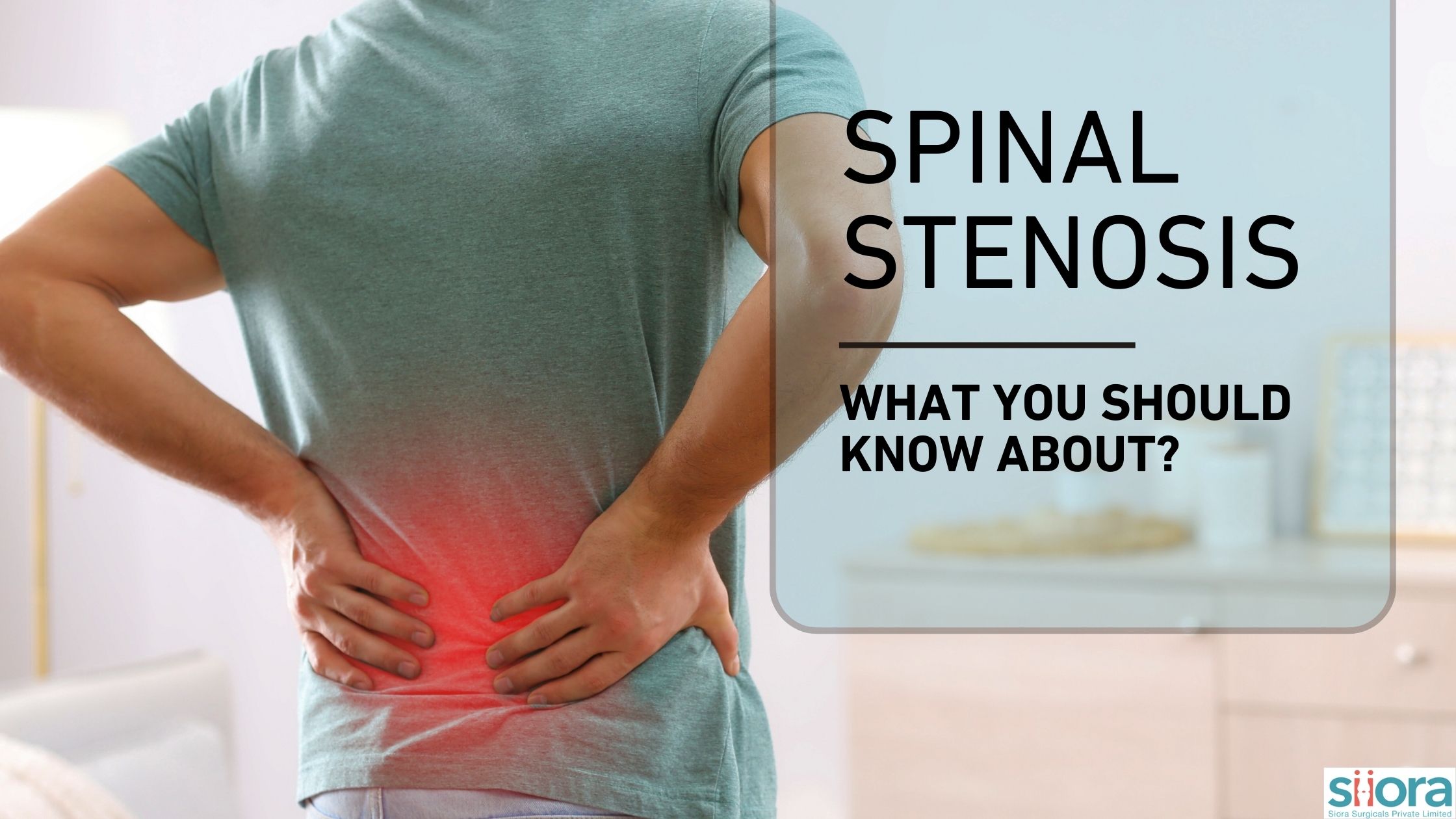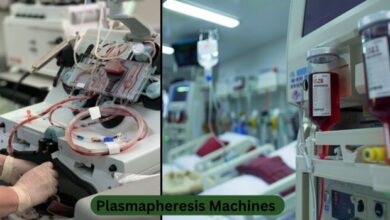Spinal Stenosis – What You Should Know About?

Spinal Stenosis – What You Should Know About?
Back pain is a common complaint, often dismissed as a passing ache. But for some, it can be a persistent, nagging reminder of a deeper problem called spinal stenosis. This condition, while not uncommon, can significantly impact your daily life if left unaddressed. In severe cases, one needs surgery for the treatment that involves the application of spine Orthopaedic Implants.
What is Spinal Stenosis?
Spinal stenosis is a condition where the space in your spinal canal shrinks, putting pressure on the nerves and spinal cord. It’s more like wear and tear accumulating over time. Age is a major risk factor, but that doesn’t mean it’s exclusive to seniors. Injuries, arthritis, and even genetics can all play a role.
What Are the Symptoms of Spinal Stenosis?
Spinal stenosis can affect any part of your spine, but the lower back (lumbar spine) is the most common culprit. This translates to a variety of symptoms, depending on the location of the narrowing. Here are the ones you must know:
Lower Back Pain
This is often the first sign, a dull ache that worsens with activity, especially standing or walking. Sitting or leaning forward might bring some relief.
Sciatica
This radiating pain, numbness, or tingling down the leg is a classic symptom of lumbar stenosis. It happens when the compressed nerves are those that travel down the sciatic nerve, the longest nerve in your body.
Leg Weakness or Cramping
When the nerves controlling your leg muscles get pinched, weakness and cramping can follow. You might find yourself taking shorter steps or needing to rest more often while walking.
Balance Problems
This can be a scary symptom, but it’s related to the mixed bag of signals your brain is receiving from the affected nerves.
How Spinal Stenosis is Diagnosed?
If you’re experiencing these symptoms, your doctor will likely start with a physical exam and a discussion of your medical history. From there, imaging tests like X-rays, MRIs, or CT scans can help visualize the narrowing in your spinal canal and pinpoint the exact location.
What Treatment Options Are Available for Spinal Stenosis?
The good news? Spinal stenosis doesn’t have to spell the end of an active life. There are a range of treatment options available, depending on the severity of your condition. A spine specialist may use one of these approaches:
Conservative Measures
Often the first line of defense, this might include pain medication, physical therapy to strengthen core muscles and improve flexibility, and activity modification to avoid movements that aggravate symptoms.
Injections
Steroid injections can provide localized pain relief by reducing inflammation around the compressed nerves.
Minimally Invasive Procedures
Techniques like facet joint injections or radiofrequency ablation target specific pain generators in the spine.
Surgery
In some cases, surgery might be recommended to remove bone spurs or widen the spinal canal. This is typically reserved for more severe stenosis that doesn’t respond to conservative treatments.
Spinal stenosis needs to be addressed early to get the right treatment and avoid severe complications. However, if you are looking to get a CE-certified range of Orthopedic Implants in Lithuania, find experienced and reliable orthopedic manufacturers.

